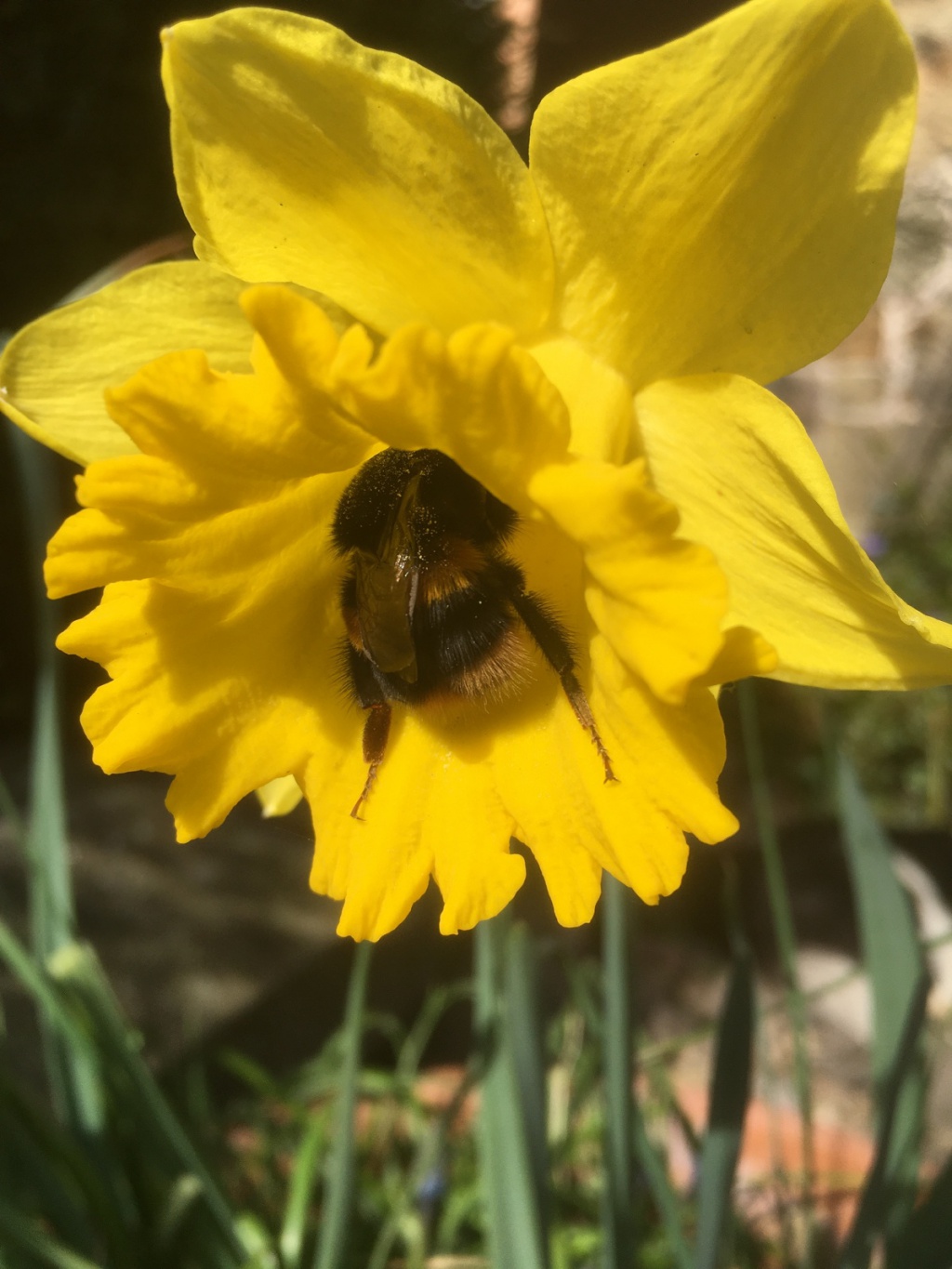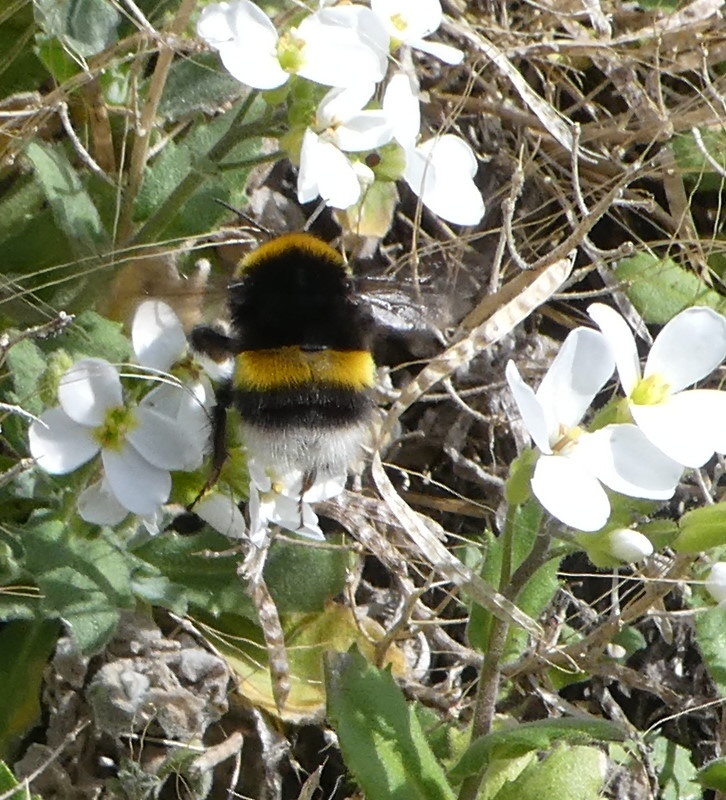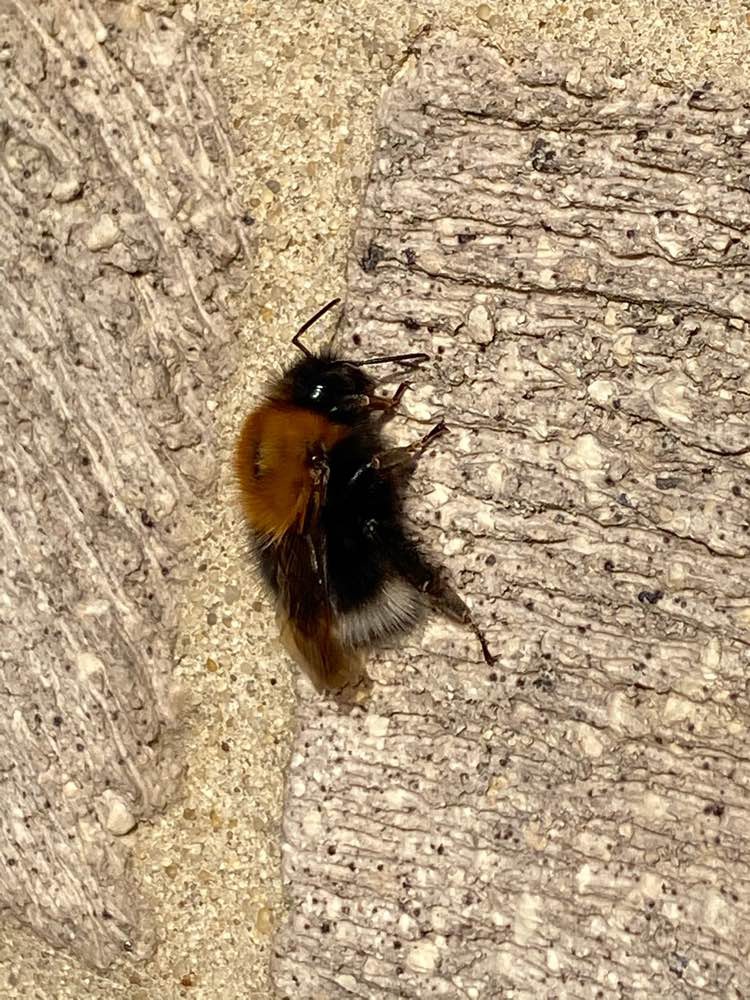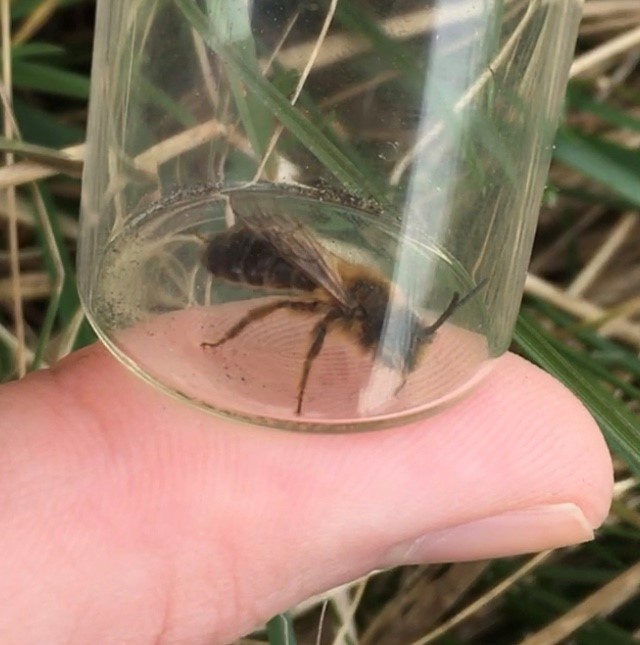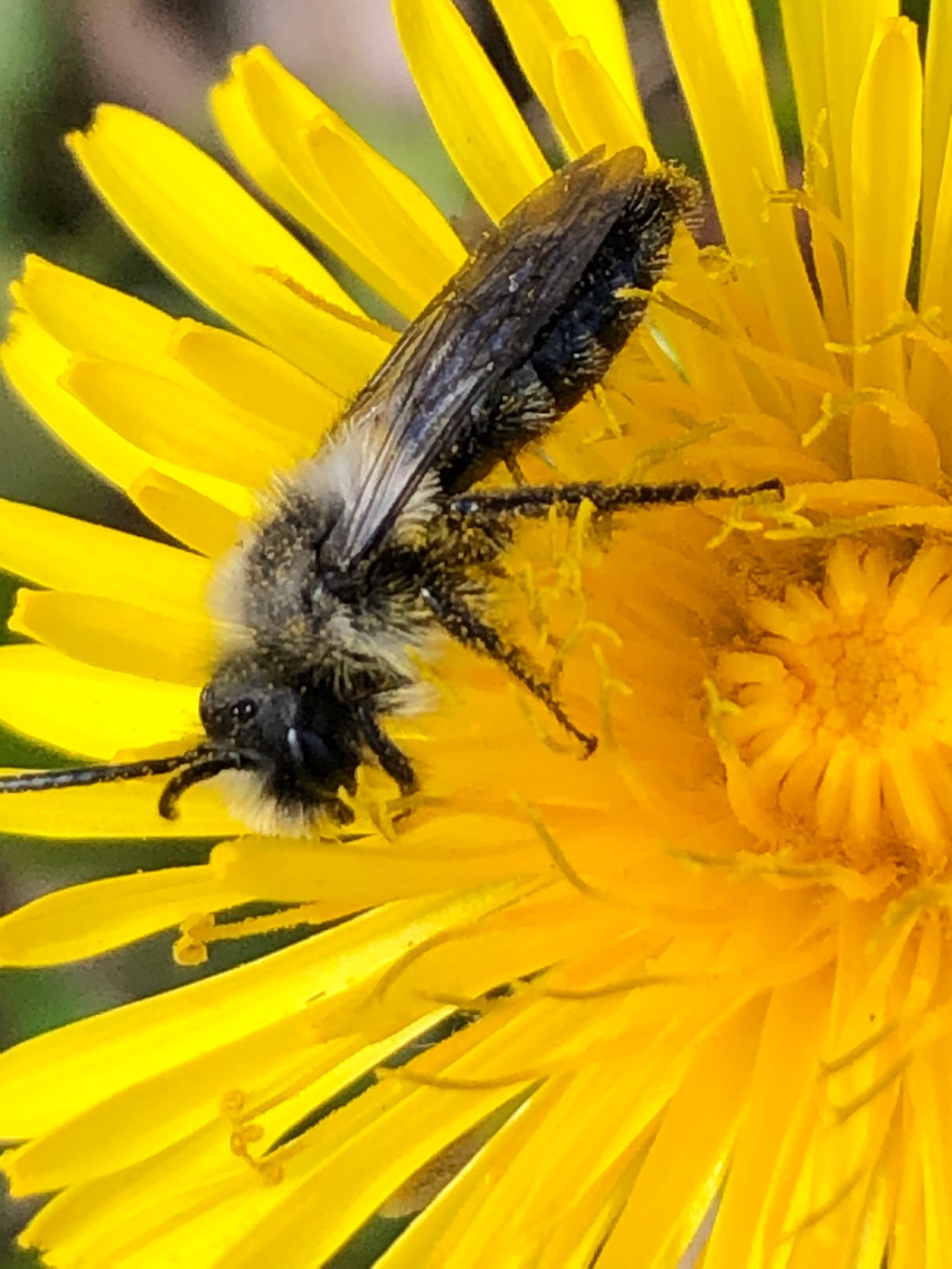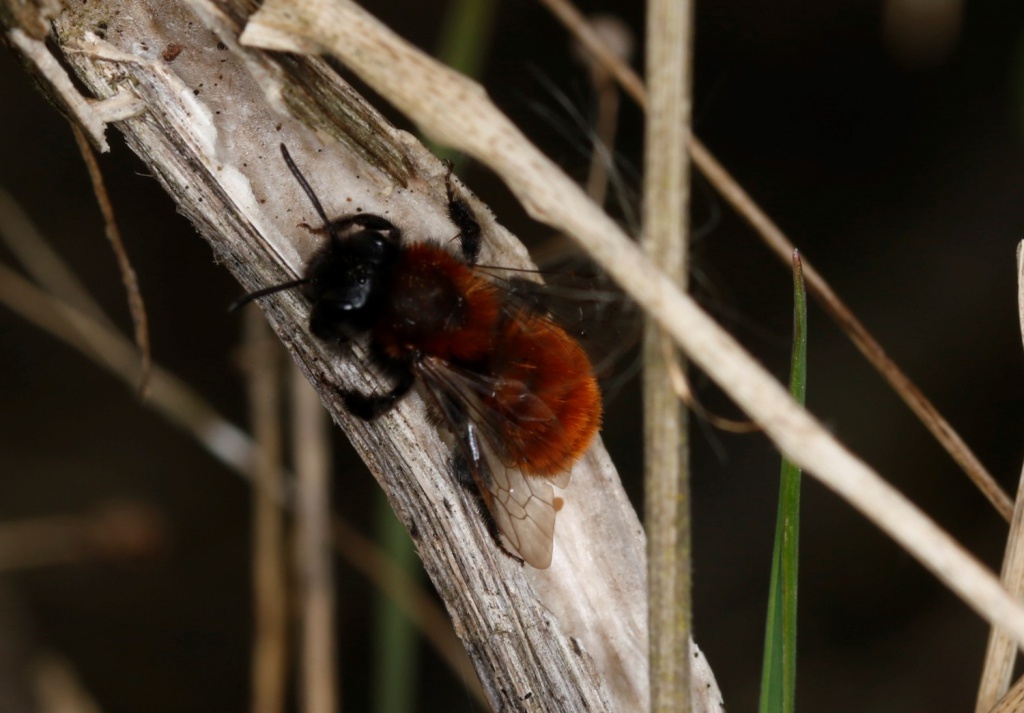Local naturalist, David Raffle, provides an update on your North East Bee Hunt finds and observations so far.
As spring marches on, your North East Bee Hunt records continue to provide an insight into these important pollinators. In the first six weeks of the bee hunt, you have sent in over 1,300 records of 15 bee species. Thank you for all your records so far, and we look forward to hearing about the bees you find in the coming weeks.
Bumblebees
Eight bumblebee species have been recorded so far, including all four target species. Queen Buff-tailed Bumblebees have been most abundant, while there have also been frequent sightings of Tree, Red-tailed, Garden and White-tailed Bumblebees. There have also been a few sightings of Heath Bumblebee, one of the less common species to be found in the region.
Queen bumblebees are on the wing in good numbers at this time of year. You may see them flying low over the ground looking for holes where they can establish their nests, or pausing on an early flowering plants for some nectar. You can discover more about how to identify queen bumblebees here. Some queens will have already established their nests, so look out for new worker bumblebees emerging and building in number over the coming weeks.
There has also been an early sighting of the Red-tailed Cuckoo Bee, another target species of the Bee Hunt. No ordinary bumblebee, females take over the nests of Red-tailed Bumblebees. This bumblebee is considered regionally scarce and your records are adding to our knowledge of its spread in the region. During the Bee Hunt in 2020, the Red-tailed Cuckoo Bee was observed in both Northumberland and County Durham. Females are generally seen in late May and June onwards when Red-tailed Bumblebee nests are newly established. You can discover how to identify this striking species here.
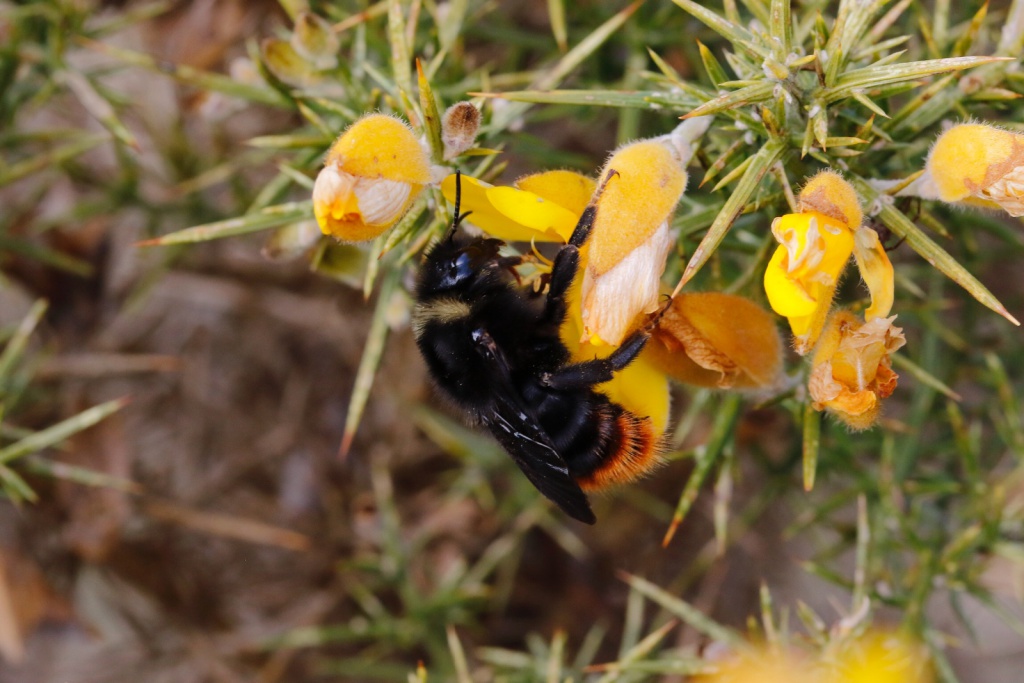
Solitary bees
Seven solitary bee species have been recorded so far, including two of the four target species. Tawny Mining Bees and Hairy-footed Flower Bees have been recorded most frequently, with the latter previously thought to be a rarer species largely confined to Alnwick. However, your bee hunt records show that it can also be found in Morpeth, Warkworth and Felton, so it is well worth looking out for this charismatic bee in South Northumberland. The species is named after the characteristic long hairs on the male’s leg, while the female is jet black with an orange pollen brush. This spring-flying bee will soon be wrapping up for the year.
The first male Red Mason Bees have been spotted so it is well worth having a closer look at your garden bee hotel for this aerial nesting species. The females emerge shortly after the males and, after mating, collect mud to construct a row of cells using a pair of distinctive facial horns. The female will then lay an egg in each cell and provision it with a supply of pollen.
Tawny Mining Bees and other spring mining bees are out in force. As the name suggests, mining bees excavate their nest in the soil where they lay their eggs. Look out for characteristic volcano-like spoil heaps on short grass or bare ground, a sure sign of nesting Tawny Mining Bees. You can find out more about Tawny, Chocolate and Buffish Mining Bees here. The monochrome Ashy Mining Bee is another one to look out for and is one of the bee hunt target species. The first males of the year have now been sighted, so do look out for this monochrome bee over the next few weeks.
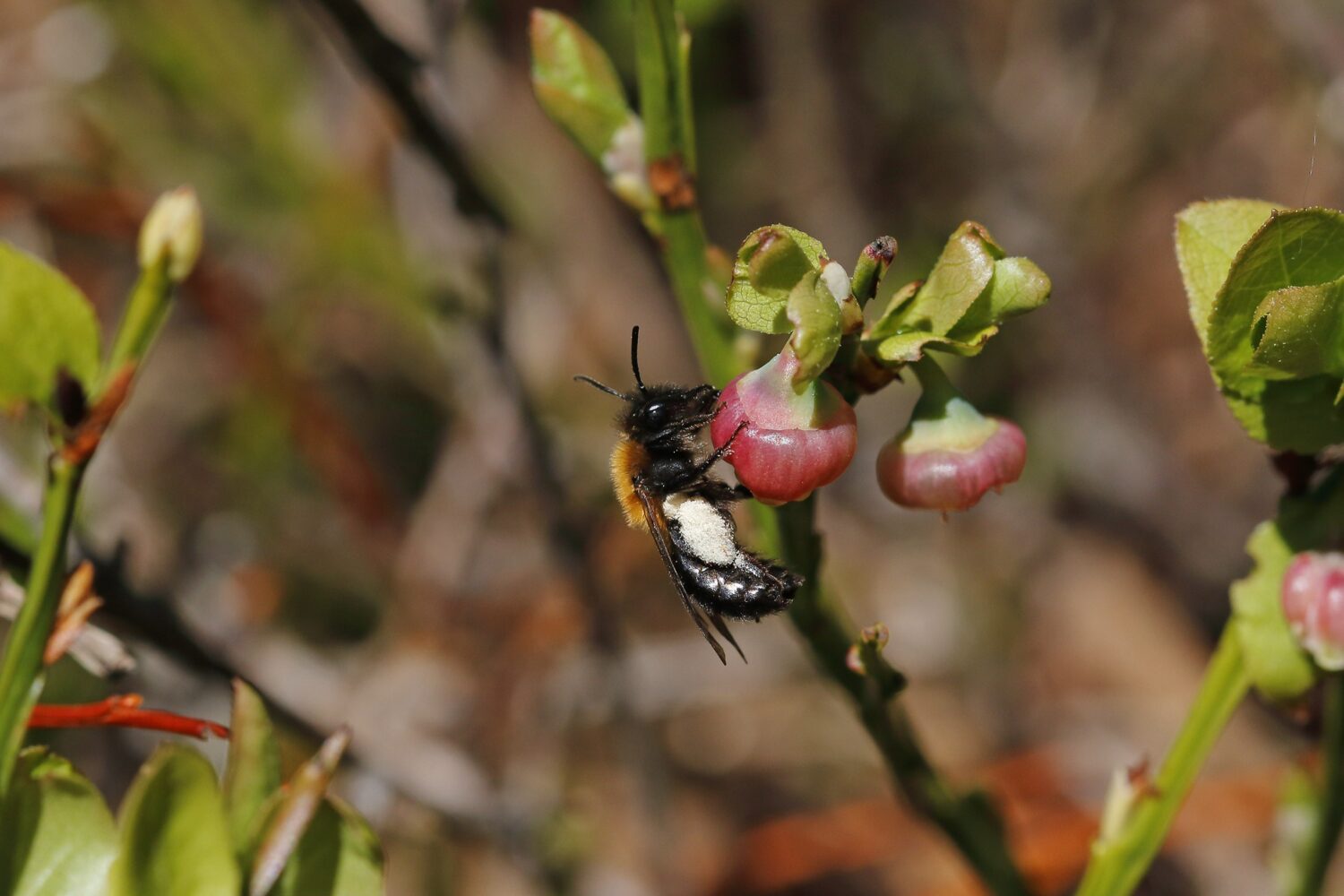
Join the North East Bee Hunt
Urban or rural, beginner or expert, we need your help to record eight distinctive bees across the North East this spring and summer.
Your records can add to our understanding of bees in the region and inform conservation and monitoring efforts.
Taking part is easy and every record counts, wherever you live in the region. Records of all bee species are encouraged.
